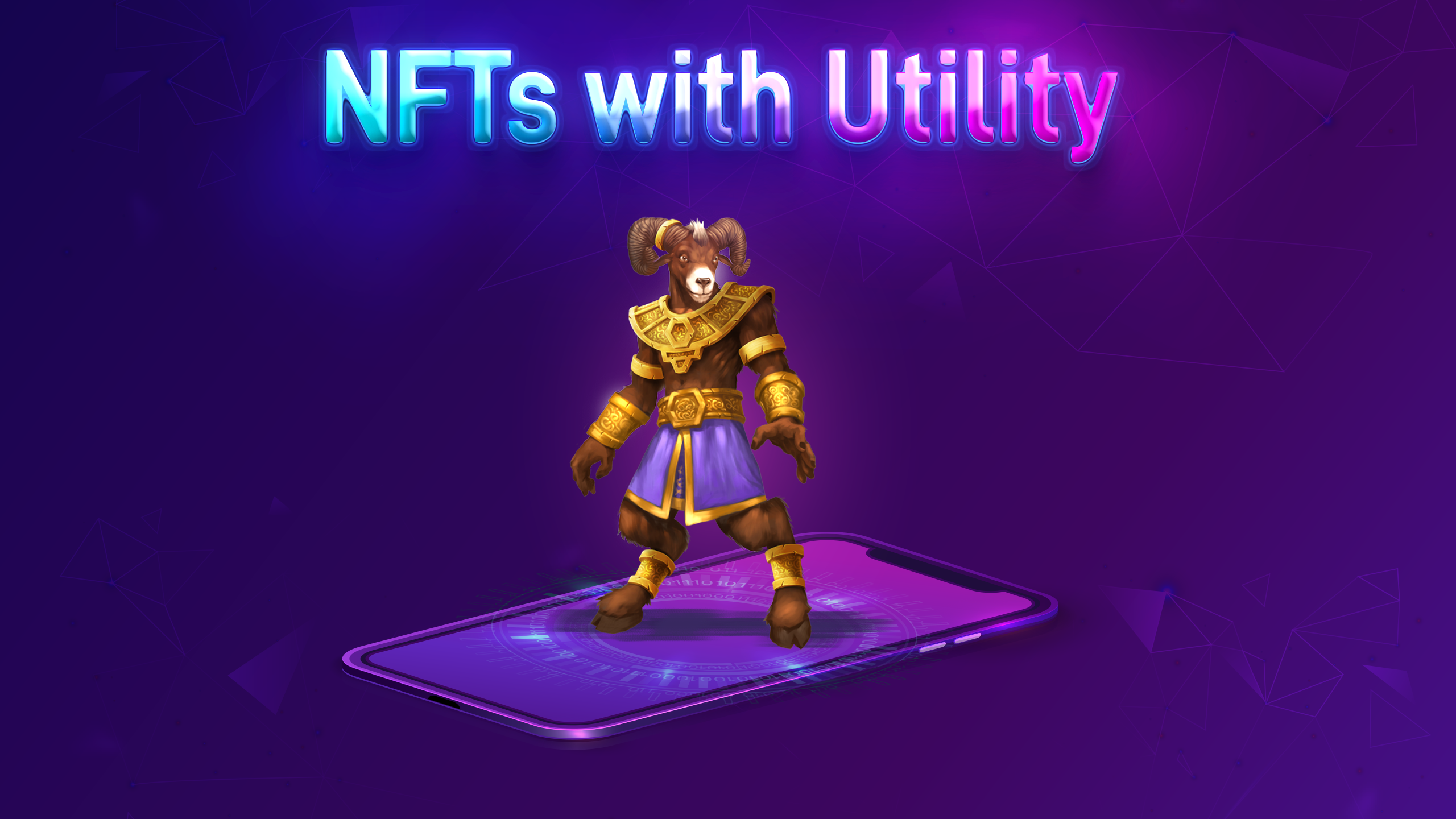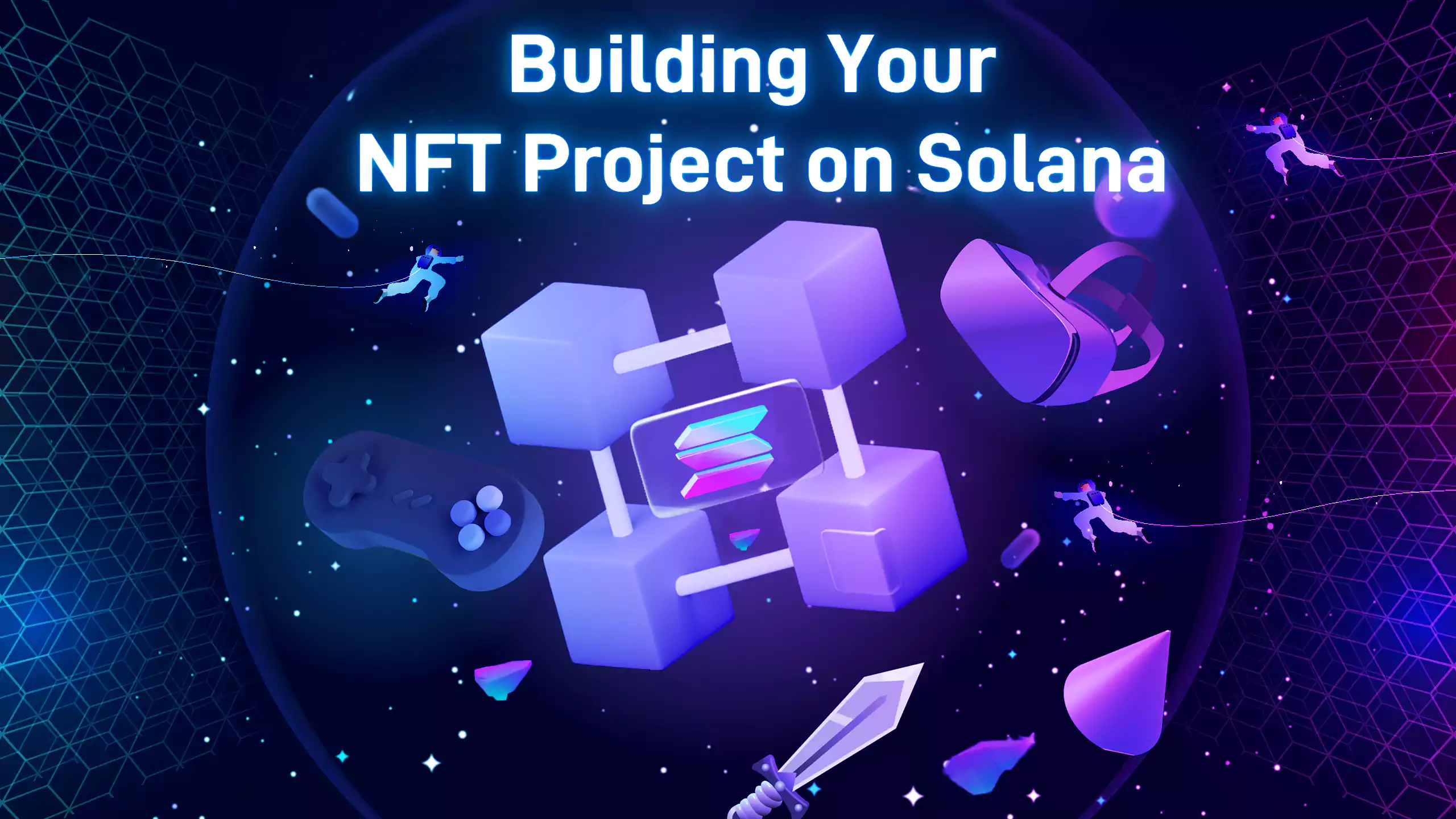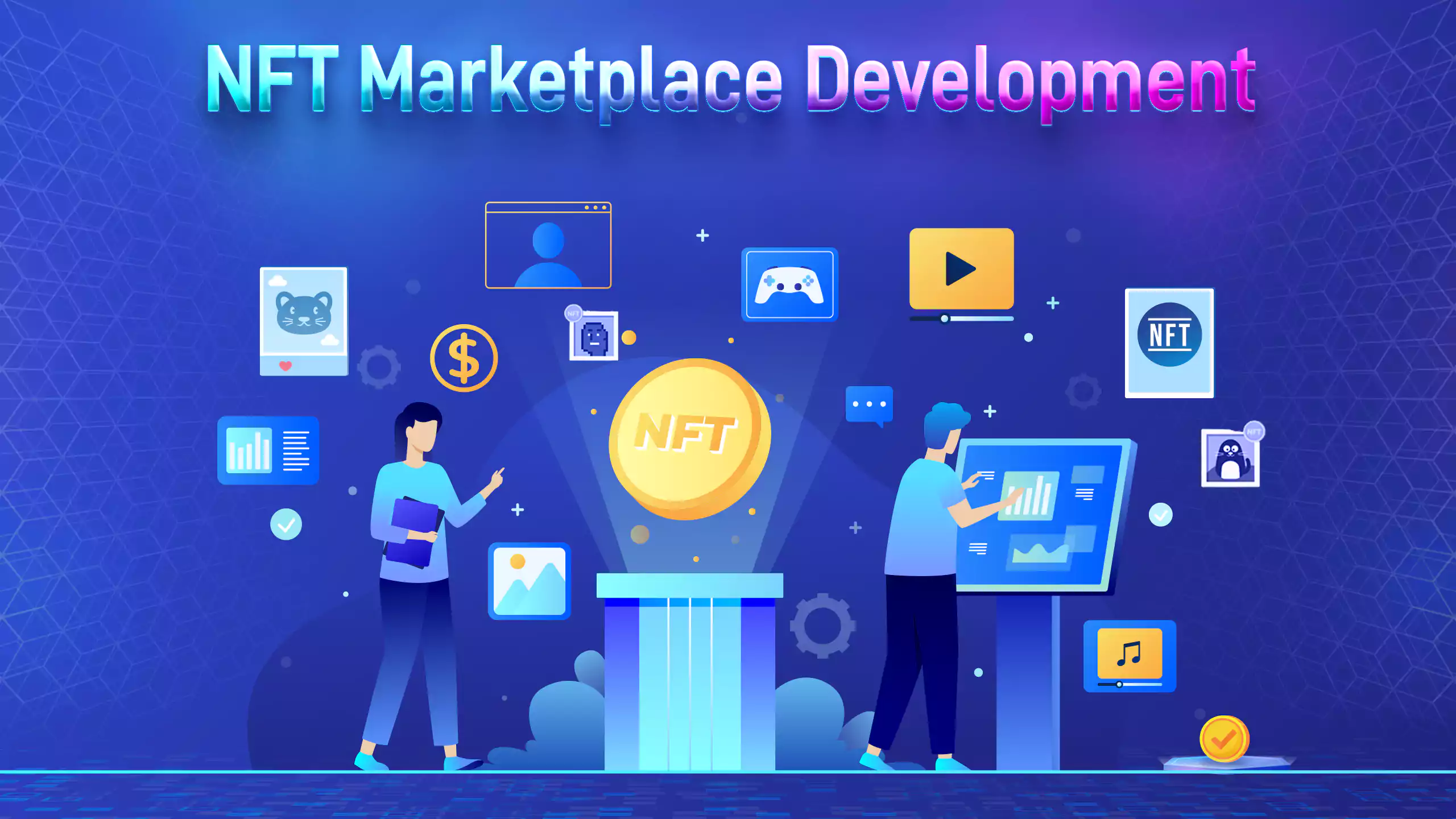One of the fastest-growing parts of the blockchain industry is the NFT market which recently seems to be the new focus of many in the space. NFTs, an acronym for Non-Fungible Tokens, are types of digital assets that are unique in that their characteristics stay on it and are not shared by other tokens of such nature.
The feature above is what makes it different from cryptocurrencies which are fungible or whose value can be changed from one to another. As NFTs emerged and became one of the biggest and most valuable parts of blockchain technology, much discussion has been on their utility.
This has led to the development of what is called Utility NFTs or NFTs that serves a function beyond being just a keepsake. Understanding NFTs and the utility means for them is important as the field evolves very fast.
What Does Utility Mean For NFTs?
For many people, NFT is a unique digital asset and can be kept for its aesthetic value. While this view is not wrong, as the NFT industry grows, the token is beginning to acquire more uses. These uses are called the Utility.
Utility means that a piece of an NFT can be used for other things beyond the displaying of it. It means that it can be used in real-life contexts. This means that it gives the piece of NFT a functionality that people can utilize alongside owning that piece. An example of this is Crypto Baristas which allows holders to enjoy exclusive coffee drinks at coffee shops opened in the future. Therefore, for coffee lovers, holding the crypto barista NFT is beyond just the display value, but there is a fun and a real-life value where the token helps them enjoy coffee.
Another important dimension that utility is adding to NFTs is that it can be used to make the completion of real-life transactions seamless. With the type of NFT that some fashion houses are envisaging to launch in the future, it will give people access to a special collection of fashion products. Also, in sports, NFTs holders can access tickets or seatings not available to non-holders. So, rather than selling special tickets, a sports team could sell NFTs, and it will allow the holders special access.
A very important utility NFT is RiseAngle’s RAM NFT which offers players a chance to use the NFT collection for different utilities in the Metaverse. This can be accessed in their new NFT release called RAM.
Benefits of Utility NFTs
Many benefits come with the rise of utility NFTs. Some of these benefits are real to life, while others are digital. We will look at some of them here.
Ticketing or Event Access
While selling the old tickets, when can you make it cool and exciting? With NFTs, one could allow holders of NFT exclusive access to events. This is simple considering that NFTs are non-fungible, meaning that each is unique soon know and track who is using what NFT to enter events. A company called autography.io is already expanding on this idea by selling sports NFTs and allowing the holders of the NFTs access to some exclusive events.
Staking and Farming
We all know that normally you can stake your crypto and gets returns on it. Thus can be done with NFTs, too, and unlike crypto, several factors, including how rare the NFT is, how many investors it attracts, and other factors are used to access the returns you get on staking the NFT. Mobox is already running one of the biggest integrations of Metaverse to the NFT, and their staking farming technology is one of the most advanced. Other interesting things are happening in this area though the technology is still developing.
Redeemability
This means that an NFT can be redeemed for a physical item. The holder of the NFT can redeem them for the items being offered by the issuer of the NFT. Some sneaker brands have partnered with crypto creators to create NFTs that can be redeemed for physical sneakers. This can be applied from fashion to gift shops and even as a reward program.
NFT Projects With Utility
Many NFT projects have different levels and types of utility for the users. Each project comes with its type of utility. Some of them are:
RAM NFT - This is one of the most groundbreaking projects in this space. It is an NFT collection by RiseAngle that seeks to offer NFT for gaming. Holding the NFT opens up the possibility of using the NFT for many things in the games and outside of it. The NFT can be integrated and has utility in the Metaverse.
CloneX - This is a project by RTFKT that seeks to reward holders with sneakers. RTFKT is famous for creating digital fashion NFT that can be used in the Metaverse. However, holders of the NFT can also trade them for physical sneakers. This project sold a sneaker to Nike.
Coinleague - this is a fantasy gaming/gambling platform that looks like the regular fantasy sports league. The twist of the project is that NFT holders do not serve as players; both receive a cut from revenue for contest fees. What if they want to play? They get special playing perks.
Autograph - This NFT is built on Polygon. It is a special kind of NFT that allows the holders access to sports players and athletes. Many top sportsmen and women have been featured on this project.
Conclusion
The growth of the NFT industry has led to a discussion about what is the utility of it all. This has led to the development of NFT, which has various utilities for the holder. This means that the holder of the utility NFT can use these NFT beyond the fact that they have collectible values. The NFT becomes part of the other activities.
Many NFT projects have different levels of utility. Some of these utilities have real-life value, while others have digital values. The introduction of this utility NFT means that NFT is now becoming a huge part not just of our blockchain life but our life outside of it.






